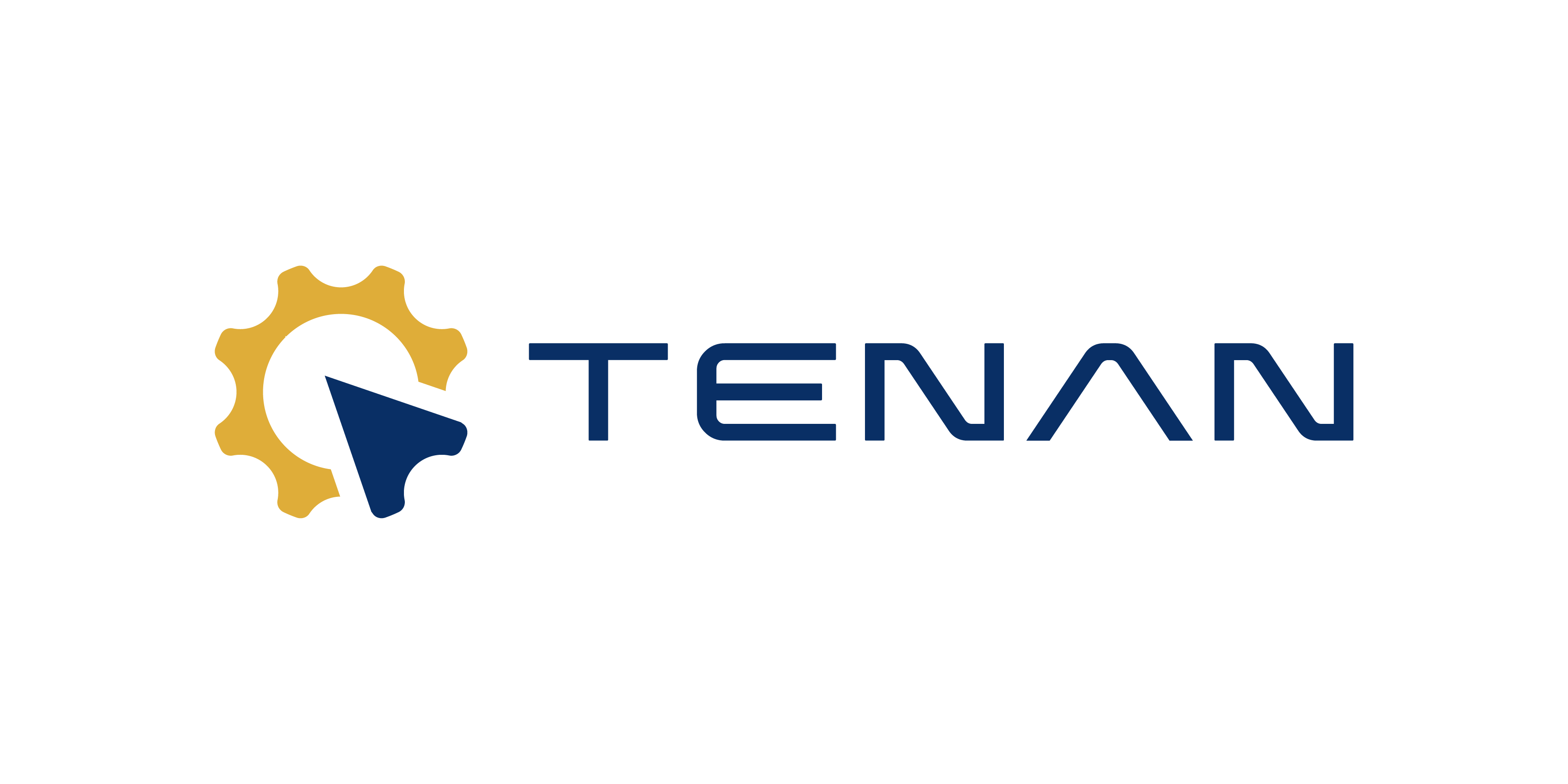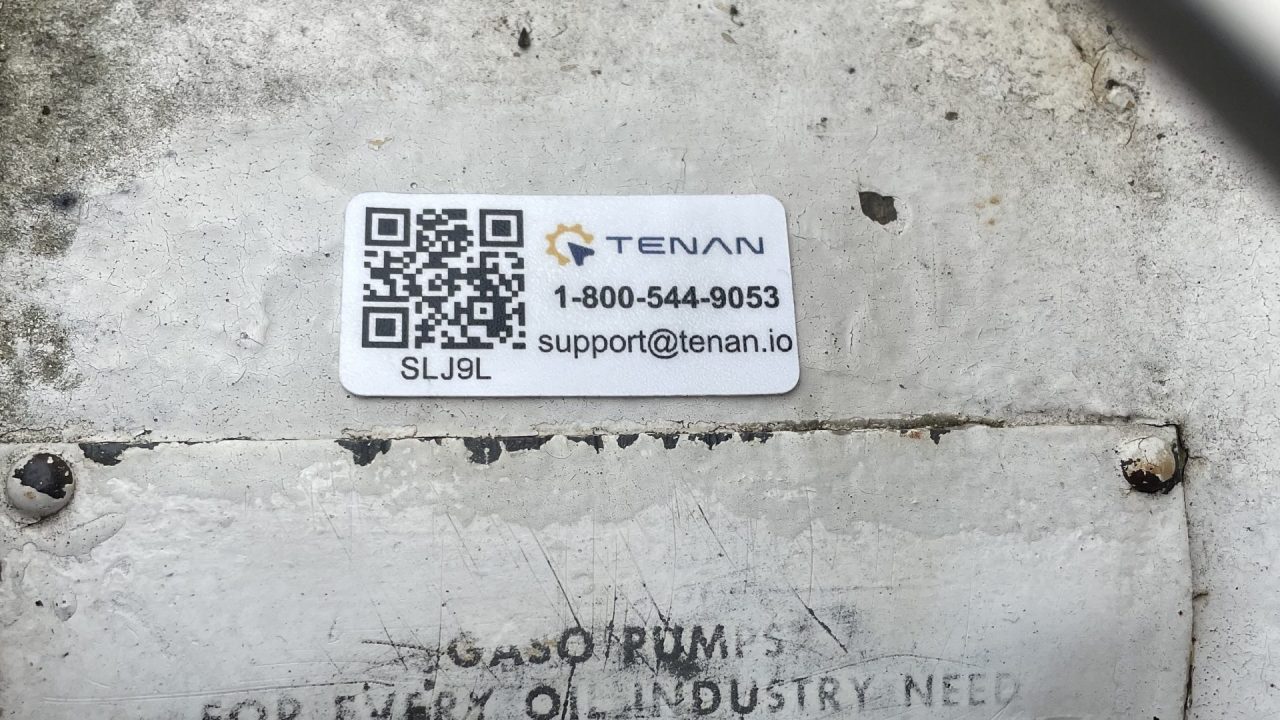

In the high-stakes world of oil pipeline operations, precision, safety, and efficiency are non-negotiable. As digital transformation sweeps across industrial sectors, one simple yet powerful tool is making a big impact: QR codes.
QR codes allow field technicians and engineers to scan a pipeline component and instantly access:
Maintenance history
Inspection reports
Manufacturer specifications
Installation dates
This eliminates the need to dig through paper records or navigate complex databases, saving time and reducing errors.
Each pipeline asset—from valves to sensors—can be tagged with a unique QR code, creating a digital trail from manufacturing to installation. This supports:
Regulatory compliance
Auditing processes
Lifecycle tracking
It’s a simple way to ensure every component is accounted for and properly documented.
QR codes empower technicians with mobile access to asset data. With a quick scan, they can:
Log maintenance activities
Report issues
Update asset status
This real-time data capture improves accuracy and speeds up decision-making.
QR codes can link physical assets to:
GIS systems for spatial tracking.
This integration helps operators visualize asset performance and anticipate failures before they happen.
Unlike RFID or other tracking technologies, QR codes are:
Inexpensive to produce
Easy to deploy
Compatible with any smartphone or tablet
This makes them ideal for large-scale pipeline networks where cost and simplicity matter.

QR codes can store basic data directly, such as asset ID or install date. This means:
Technicians can access essential info even without internet
Data can sync with central systems once connectivity is restored
It’s a reliable solution for remote or harsh environments.
In the event of a leak or failure, scanning a QR code can instantly reveal:
Isolation procedures
Asset location
Safety documentation
This speeds up response times and enhances safety for personnel and the environment.
QR codes may be small, but their impact on oil pipeline asset management is huge. They simplify data access, improve traceability, and support smarter, safer operations. As the industry continues to digitize, QR codes are proving to be a low-cost, high-value tool for modern infrastructure management.
